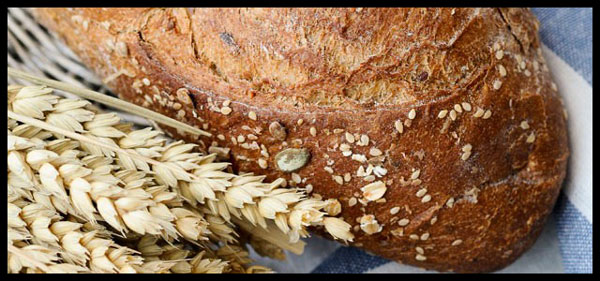Fiber
Dietary Fiber: An Important Link in the Fight Against Heart Disease
Go with Whole Grains for Fiber
GETTING FIBER INTO YOUR DIET

Increase the amount of fiber in your diet by eating a variety of plant foods, and facilitate its function by drinking sufficient water.
Obtain fiber from foods rather than pills; it works better and costs less. Because of fine texture and small pill size, you have to take a lot of pills to get benefit.
Gradually change to higher fiber and less processed food instead of bran.
Choose a variety of high-fiber foods.
Drink at least 8 glasses of water a day.
Look for whole grain, whole wheat or oats and other foods with coarse rather than finely ground fiber.
Eat at least 5 servings of raw, unpeeled fresh fruits and vegetables daily.
Choose whole fruits or vegetables rather than their juices.
Choose high-fiber dried beans and legumes as alternate sources of plant protein, instead of as much animal foods (which are fiber-free).
Choose brown rice and whole-wheat pasta instead of white rice and regular pasta.
Look for breakfast cereals made with bran, wheat germ, and whole grains such as oats or wheat, 100% bran, shredded wheat, wheat flakes, etc.
Choose old fashioned-style cooked cereals instead of instant cereals.
Choose bread and cracker products made from whole grain or whole wheat flour (wheat, rye, oats, spelt, etc.).
Substitute whole grain flour for white flour when making bread, sauces, cookies, pancakes, or other recipes containing flour.
Choose sunflower seeds, sesame seeds, nuts and peanut butter, but limit amounts to control fat and calories.
Choose dried fruits such as raisins, dates, prunes, apricots, etc. for high fiber content, but limit amounts for calorie control. Avoid if you need to keep blood sugar in check.
diamondnutritioncounseling.com The Nutrition Counseling Specialists

